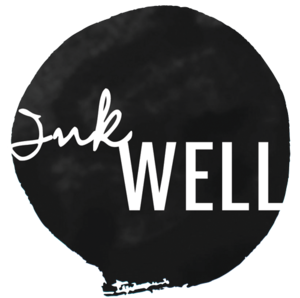Portrait of Honey Novick by bill bissett
Listen to the sounds of poetry. Not all poetry is meant to be contextual or literary. SOUND POETRY demands an audience willing to explore words in a language of visual perception as well as the musical relation to words. SOUND POETRY can use phonetics, phrases, movements, percussion and visual images as well as tones and rhythms. SOUND POETRY is often meant to be performed, an actualization of a feeling or idea and shared with others (the public). It is an art form that uses multi-disciplines and not just oral stories or literary expressions.
Some people believe that sound poetry has no meaning. I'm not one of them. I believe sound poetry dares the audience, the listener, to expand their imagination and become part of the poem together with the poet, so that the words take on a "new" language of expression arranged in patterns or strewn like a Pollock painting.
Lewis Carroll explored sound poetry in "Jabberwocky" (twas a brillig).
I think a lot of sound poetry is like bebop jazz, it comes from a place of the soul where life's experiences need to find a new home through sound and letters, where letters are used like colours.
SOUND POETRY really dares the poet to present a piece that can be evocative, that can provoke conversation and that gives the imagination something to ponder.
A Sound Poem for International Women's Day 2020
Chorus: repeat in any order and with a steady rhythm - for 2 or more people
ME
WE
US
YOU
empowered
connected
love
birth
Honey Novick
Lewis Carroll’s Jabberwocky:
https://poets.org/poem/jabberwocky
Jackson Pollock online exhibition at The Museum of Modern Art: https://www.moma.org/calendar/exhibitions/1553?locale=en

